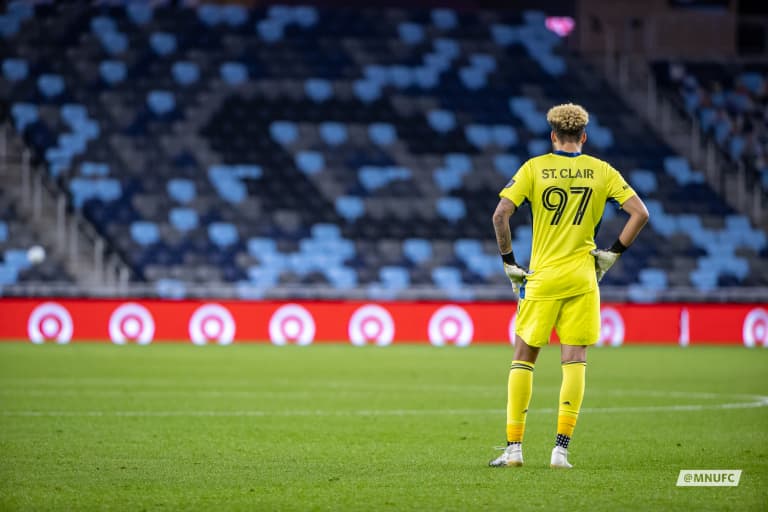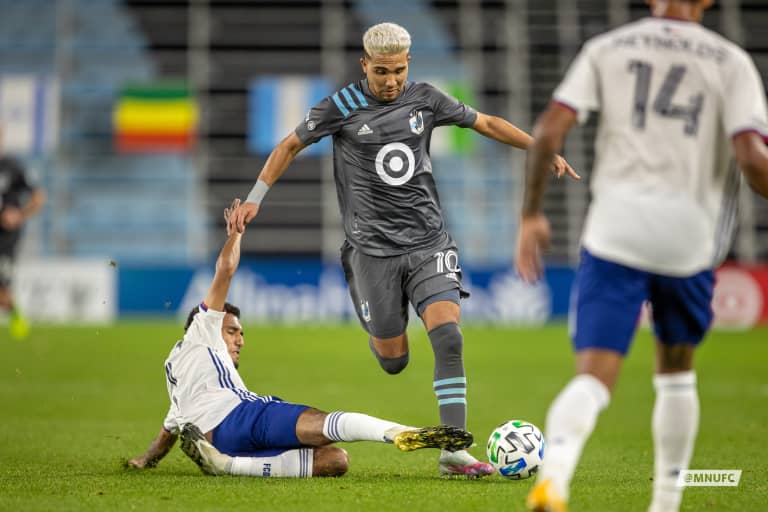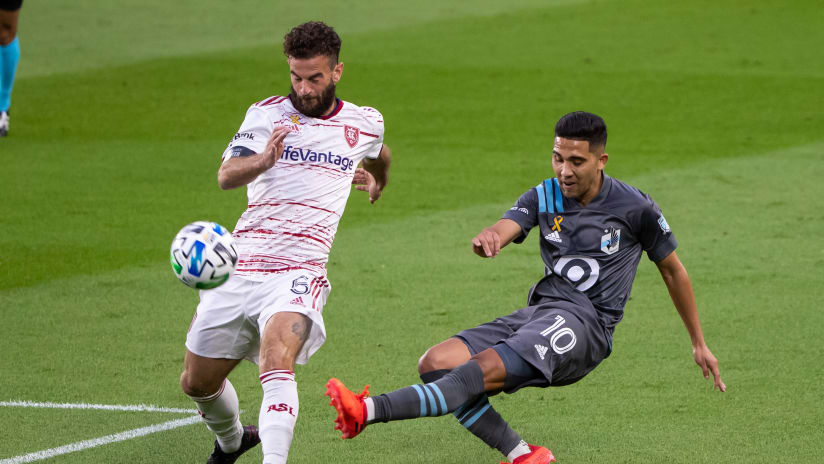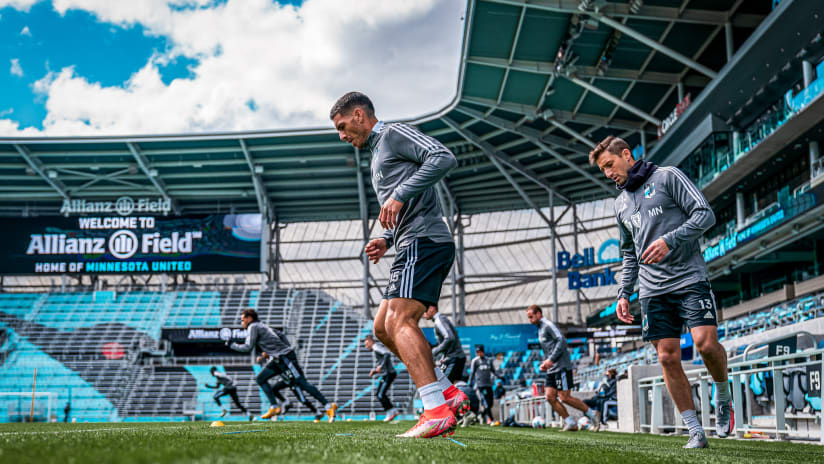In the five days between Christmas and New Year’s when no one actually knows what day it is and time doesn’t seem to really exist, I found myself curled up on the couch flipping between EPL games and The Queen’s Gambit on Netflix. Gradually, the two began to blur together and my mind began seeing the concepts of soccer and chess connecting and flipping around. Every time I jumped from game to episode, another wrinkle seemed to reveal itself.
Hear me out.
Soccer is a game of strategy. While you might not take turns as you do in chess, each player is trying to make moves that threaten the other team just enough to score a goal. And, as we all know, goals change games and changing the game in your favor is how you win. It’s not always apparent what the moves are creating until they unfold into a bigger picture.
It’s also a game of space, and an often-underappreciated aspect of that is that the movement off the ball is just as important, if not more important, than what’s done on the ball. The way each side uses and controls the space throughout the game is what creates the most lethal of threats. The movements off the ball are meant to pull the opponent out of shape, opening up channels of space for balls to be played in for attacking efforts against an opponent on their heels.
Perceiving this big picture is what led to the collision of soccer and chess in my mind. Chess is also a game of strategy. Both are games of space and the exertion of power through threat. You always want the opponent to be worrying about what you might do next.

In this way, a game of soccer is like multiple games of chess. In order to win a game of chess, you must threaten the opposition, forcing them into bad decisions until they have to concede. You must capture their king while keeping yours well-guarded. Get their keeper on an island and it’s checkmate.
You want to put the opponent under pressure immediately. If you only react, you’re a step behind. To do this, every piece is integral. The shape transforms as the play starts and every player’s role breaks down into a series of moves. Each player’s decision affects the next player’s decision. And, just like every chess piece has its strengths and unique movements, so do the players.
The keeper protects the goal. The defenders protect the keeper and the net. The midfielders control the flow of the game. They move the ball the length of the field, connecting the play from one end to the other. And when the opportunities are crafted through both strategy and chance, it’s the strikers who are responsible for capitalizing on those opportunities.

There are moments in chess where a player has to make a sacrifice — the intentional loss of ground or pieces to get a more important result. While you don’t generally lose players the same way in soccer — red cards aside — little sacrifices of space are made at the line of confrontation throughout the game. You might begin not wanting to lose any pieces or concede any goals, but before long, you realize you need to move in such a way that the threats you produce draw your opponent out of shape.
A striker might draw defenders away to create space for other attackers in front of goal. A fullback might make a deep run on the weakside to get numbers into the box. It’s a risk leaving your backline a man down. But if having an extra piece in and around the box to create chances through the chaos results in a goal, it is no longer a risk but a sacrifice that becomes a game changer.
And thinking your forwards are just for attacking and your centerbacks are just for defending is as limiting as thinking pawns can’t be a threat or that a queen can’t be sacrificed.
“It can be kind of a motivating moment when you see a guy who doesn’t necessarily always slide,” said midfielder Ethan Finlay. “Since Rey [Reynoso] has been here, for example, I’ve seen him get into some tackles that, not every DP would necessarily get into. So those little moments where you have a special player, a 10, in his instance, go into a slide tackle against a defensive midfielder. Those are moments where you’re like, okay, I gotta win my physical battles like that.”

It’s not just one piece that gets you to checkmate. Any piece and often almost every piece is needed to get the result. Taken together, the team of chessmen is more than the sum of its parts.
“It’s 11 people with their own view of the game,” said midfielder Jacori Hayes. “We’re all playing soccer, but we all see it slightly differently. We all have different attributes. We all have different skill sets. Trying to mold that all together to create a beautiful play. You just know it when it comes off, the right play, it’s like, that was it. That was beautiful. And so it’s always kind of there, pushing to create that.”





